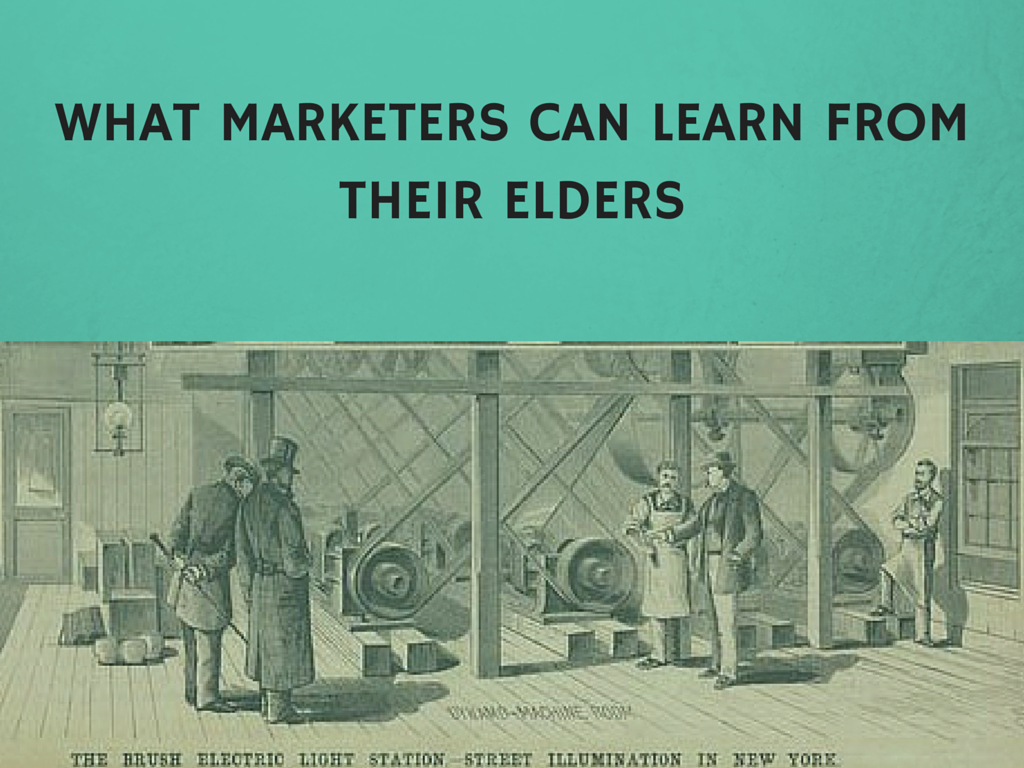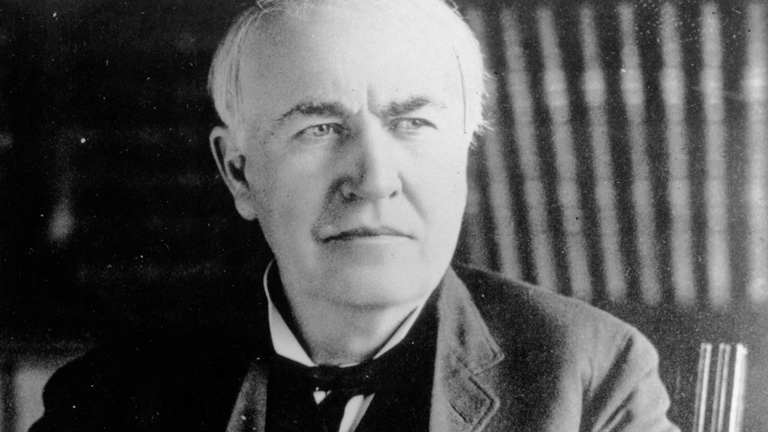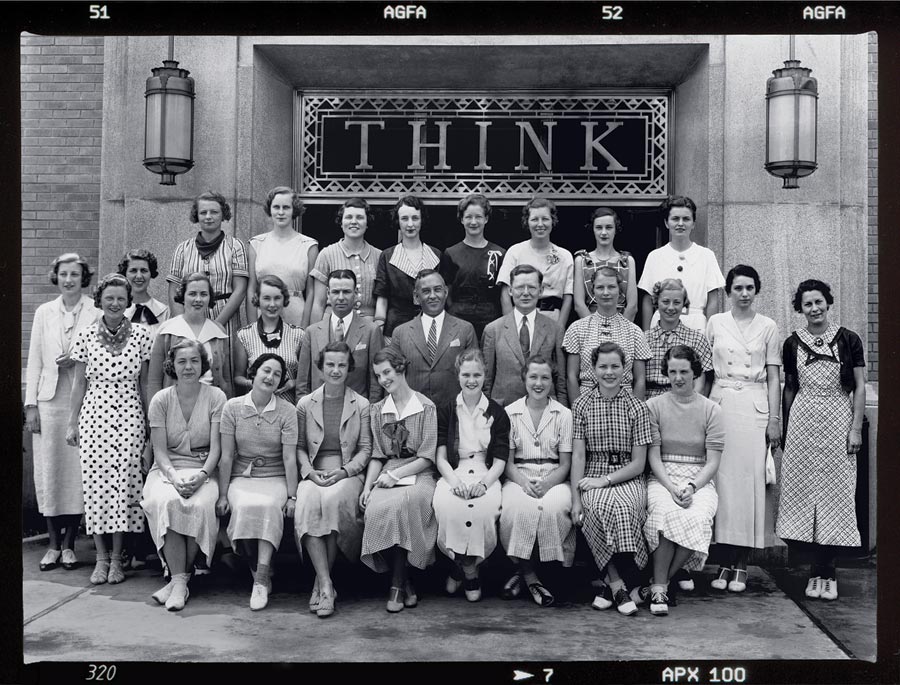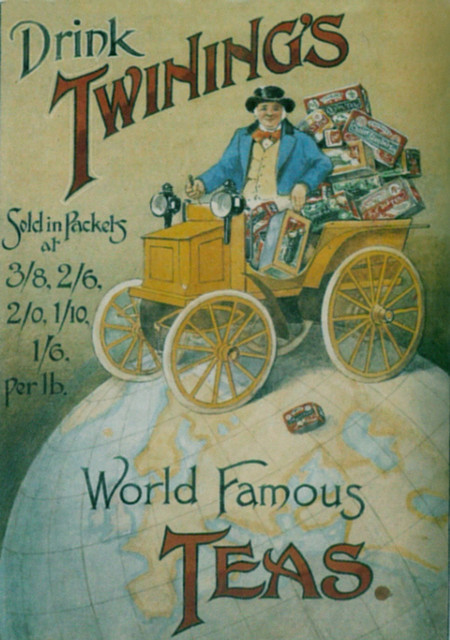
A very old company is quite the anomaly these days.
8 out of 10 entrepreneurs who start a business fail within the first 18 months. Leadership breaks down. Communication fails. Customer understanding wanes.
So what’s the secret to enduring for the long haul? Here’s a glimpse into the marketing secrets of 3 of the world’s oldest companies.
1. Consolidated Edison
Their Roots: Con Edison (or Con Ed) started in 1823, when the New York Gas Light Company, it’s earliest corporate entity, received a state charter to replace the whale oil lamps in Manhattan with natural gas lines. Con Ed expanded into electricity in the early 20th century and today provides gas to more than 1 million customers, and electricity to over 3 million customers in New York and Westchester County.
The Lesson: Own the Conversation
By the 1880s, there were more than 30 companies generating and distributing electricity in New York City and Westchester County. But by 1920 there were far fewer, and the New York Edison Company (then part of Consolidated Gas) was clearly the leader. One of the most influencing factors for this consolidation? A major (and dirty) publicity campaign launched by Thomas Edison in favor of direct-current (DC) system, attacking his main competitor, Westinghouse who favored an alternating-current (AC) system.
Despite the clear advantage of alternating current, direct current was only phased out completely by Con Ed in 2007 because of the early backbone of the electricity grid built by Edison’s company. Edison reveals how powerful owning the industry conversation, and shaping public opinion, can be for anyone marketing products.
2. IBM
Their Roots: International Business Machines—or its predecessor, the Computing-Tabulating-Recording Company—was founded on June 16, 1911 by the financier Charles Ranlett Flint. It became the biggest technology company in the world until the 1980s, when its innovation stalled. But CEO Louis Gerstner turned the company around in the 1990s, during the rise of the Internet.
The Lesson: Take Risks
When the Great Depression hit in the 1930s, a lot of companies made big cuts. IBM did the opposite. Thomas Watson continued to invest in people, manufacturing, and technological innovation despite the trying economic times. Instead of reducing staff, he hired engineers and salesmen, providing training and incredible benefits including paid vacations and life insurance. This internal investment was a big gamble. But the risk paid off.
Marketing is not for the faint of heart. If you’re not willing to take risks and try something no one has ever tried before, you’re unlikely to make history—or have much of one.
3. Twinings Tea
Their Roots: Thomas Twining opened Britain’s first known tea room at No. 216 Strand, London, in 1706 and still operates there today. Twinings sells a variety of teas, coffee, and hot chocolate. They purchased Jacksons of Piccadilly, originally a rival of Twinings, in the 1960s.
The Lesson: Give Your Logo Love

Twinings’ logo, created in 1787, is the world’s oldest in continuous use. It’s simple, classy, and echoes the company’s historical roots. The timelessness of the logo design has helped secure the brand as the most trusted name in tea.
In an era of constantly changing logos, design, and formats, there’s something to be said for sticking to simple, clean, and on-brand design.
Marketers are always searching for the next big thing: new channels, new devices, new technologies. Sometimes, though, it’s worth taking a look back to see how those who have gone before us adapted and adopted to the world that changed around them.




